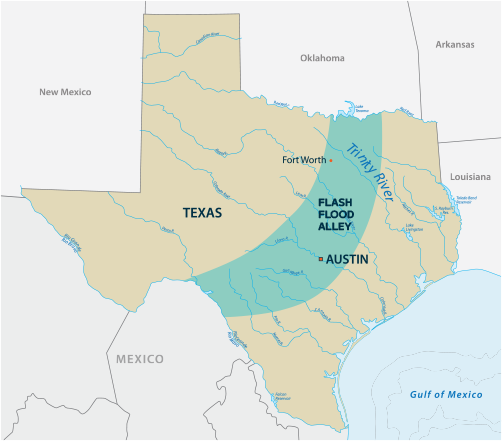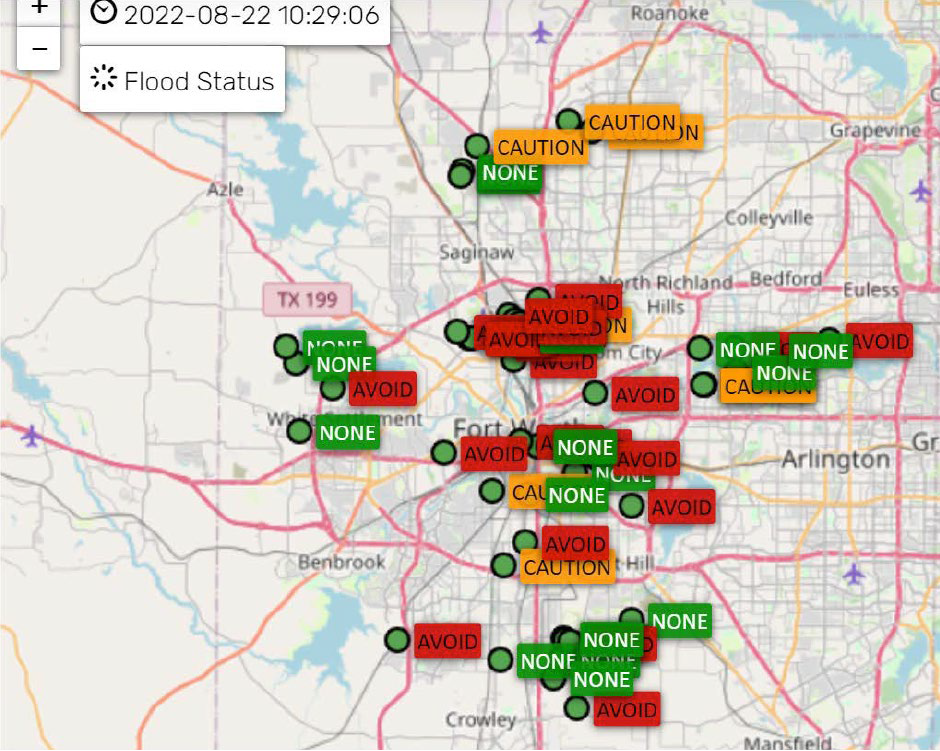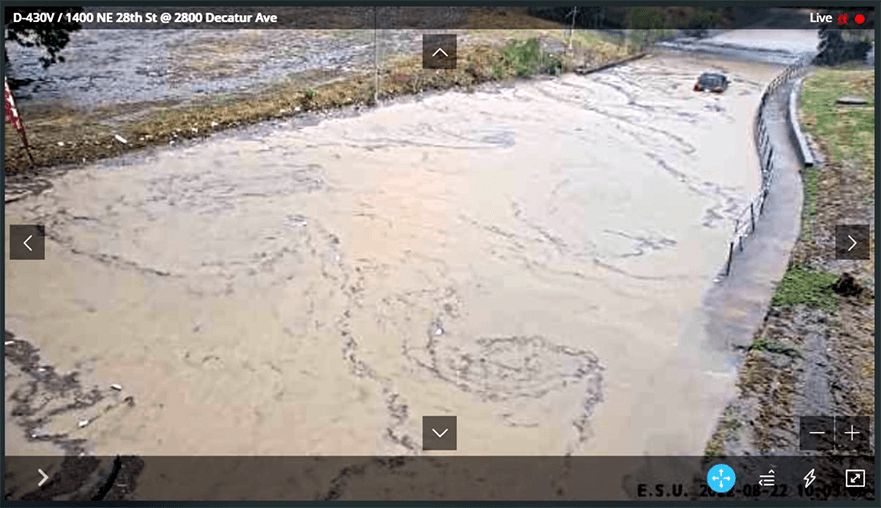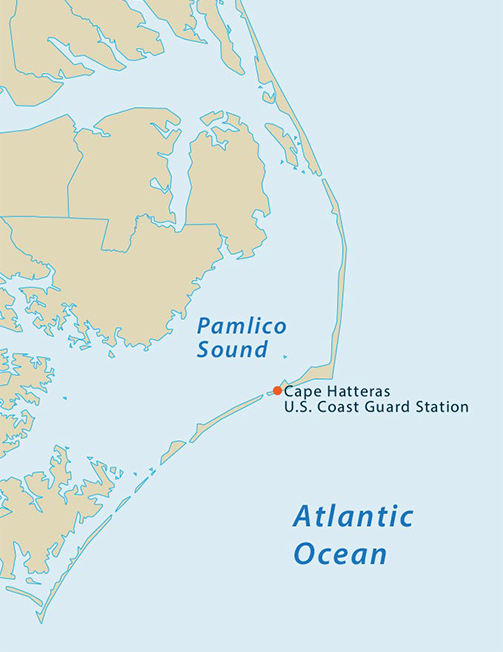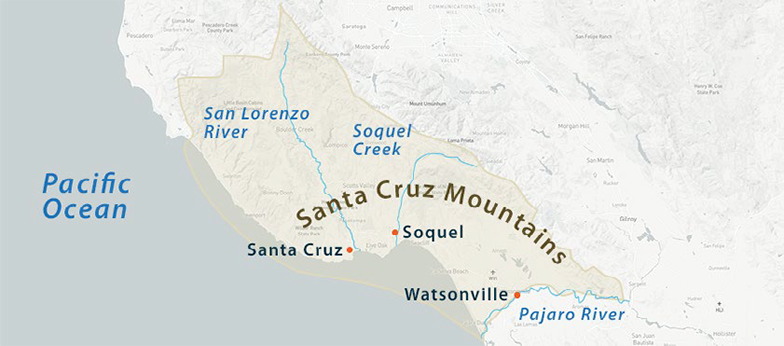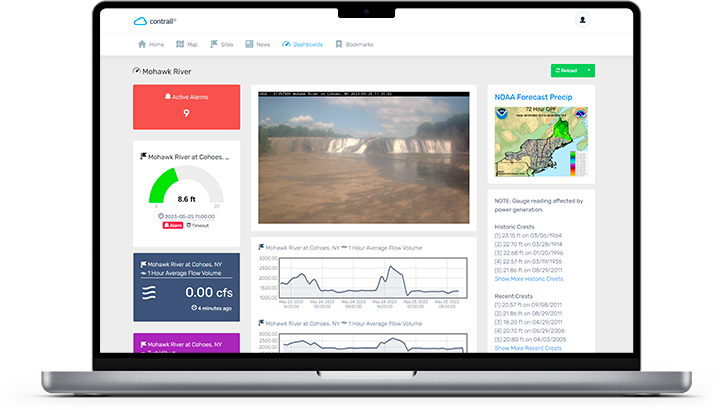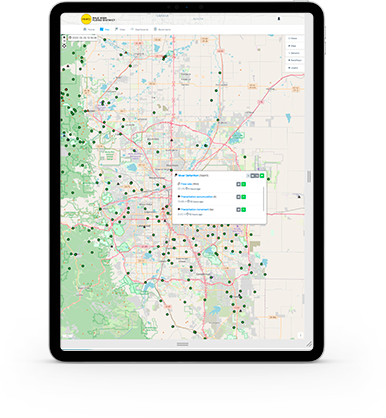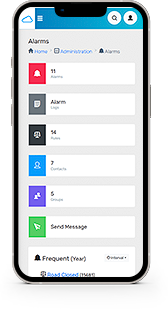Why the response was remarkable: How partnerships, camera technology, and automated alerting saved lives in Fort Worth
Despite numerous reports of flooded roadways and stalled vehicles, the city did not suffer a single fatality. A portion of that credit goes to the city’s Stormwater Management team.
Fort Worth’s Stormwater Management, a division of the city’s Transportation and Public Works department, is tasked with the mission of protecting people and property within the city from harmful stormwater runoff, including flash flooding. The City’s stormwater management program manages flood risk by making structural improvements through capital projects, the review of private development drainage plans, proactive maintenance of the drainage system, and real-time flood warning.
With regard to flood warning, Stormwater Management provides weather and flood-related notifications to the city’s emergency responders. They also deploy field crews that are responsible for barricading flooded roadways and reopening roads as the water recedes. To help manage these functions effectively, the stormwater group oversees the city’s Flood Warning sensor network, which utilizes AEM’s Contrail platform for storing, visualizing, analyzing, and sharing critical data about precipitation and water levels.
PHOTO:
Courtesy of Fort Worth Stormwater Management


